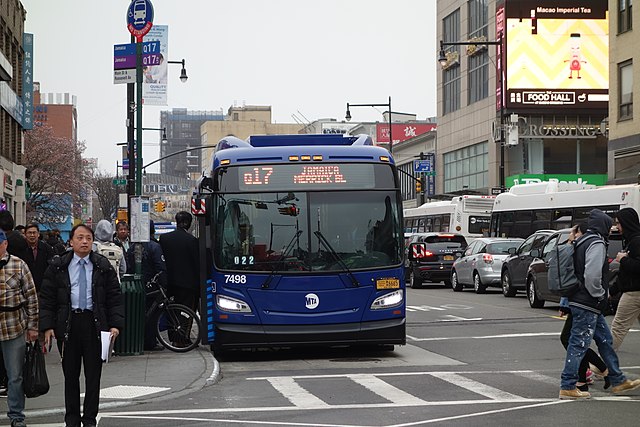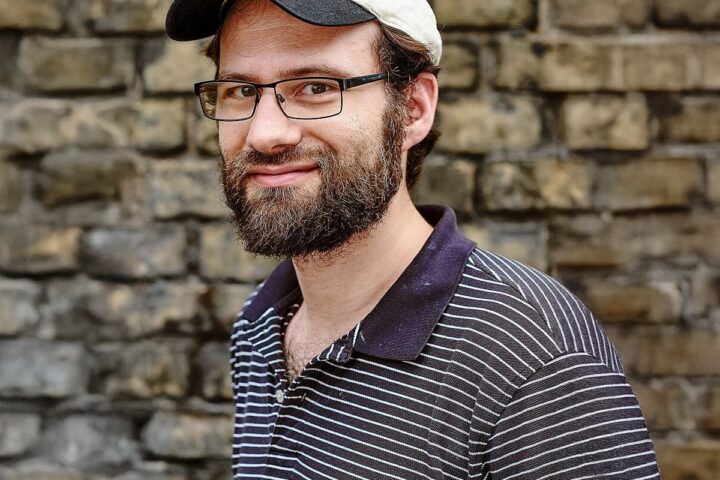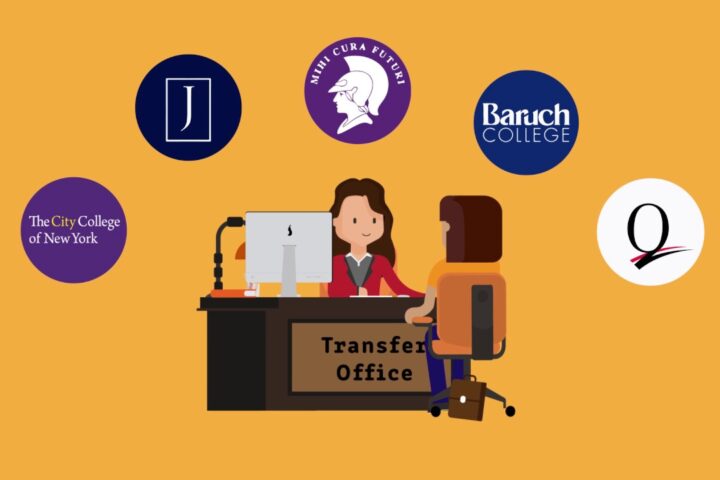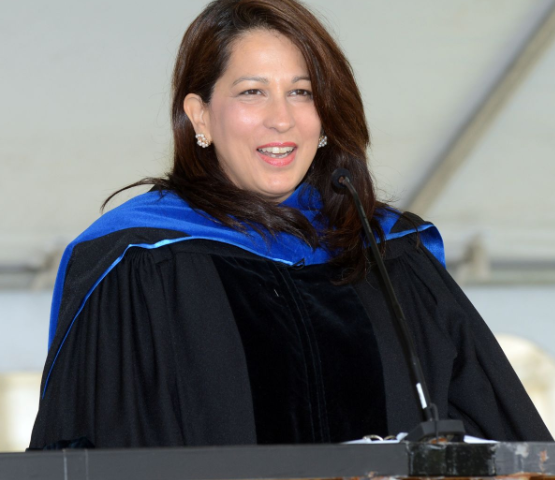Everyday Metropolitan Transportation Authority buses sound like a convenient mode of transportation in New York, but I’ve been taking MTA buses since high school, and I’ve always hated how uncomfortable it felt having hundreds of passengers surrounding me. With so many passengers, the majority of the seats are taken, meaning other passengers like myself often have to stand and cram ourselves against each other. According to the New York City Comptroller report, “The Other Transit Crisis: How to Improve the NYC Bus System,” the average New York City transit bus travels at 7.4 miles per hour along its local, SBS, and express routes making these buses ‘the slowest among the seventeen largest bus companies in the nation.’ As a result, standing passengers stay crammed against each another for a long time, ergo, increasing their discomfort.
There were occasions where bus operators told us to move to the back when more people boarded, but we couldn’t do this because of a lack of space, and this only made the rides longer as the bus operators disregarded the lack of space and shouted until we complied. Standing up leaves passengers prone to falling, particularly when buses hastily turn on tight corners or drive over speed humps.
The only subway station closest to the Queens College campus, according to my Maps app, is the Flushing-Main Street Station, but it takes thirty-nine minutes to walk there. The Moovit website shows that there are more bus lines that stop ‘near Queens College,’ with these lines being’ the Q17, the Q25, the Q34, and the Q88. Because of this, QC students like myself depend on MTA buses to get us to campus on time. These students have made complaints such as instances when two buses arrive simultaneously, and one keeps letting people onboard despite having more passengers than bus operators should permit. This implies that the MTA’s bus operators are inattentive and inefficient in regard to maintaining passenger capacity, thus discouraging passengers from continuing to take MTA buses, which would cause QC students who don’t live within walking distance of campus to be late for their classes.
After enduring this for seven years, I believe the MTA must stop disregarding the tightness of their buses and find solutions to fix it since we, as passengers, deserve convenient and efficient traveling conditions and deserve to feel safe. The MTA could put up signs reading ‘Maximum Capacity: 80 Passengers’ on the exterior passenger side of the bus in big letters. One New York City Transit press release published on the MTA website in 2020, “MTA Announces New Real-Time Bus Ridership Tracker on Web and App,” mentions that the MTA, on July 21st, 2020, unveiled a brand-new capacity tracking feature on the MYmta app. Passengers could ‘track in real time the number of passengers on an arriving bus,’ thus showing the MTA can keep track of passenger capacity and can do the same with maximum capacity signs.
With maximum capacity signs, a reasonable number of people would board these buses, leading to fewer delays and more room to sit and stand; this is helpful considering how the slowness of the buses suggests passengers might be onboard for a while. Maximum capacity signs would help people at bus stops understand they won’t fit and prevent bus operators from having passengers make more room, thus making the rides pleasant and short. If two buses arrive at a stop simultaneously, maximum capacity signs could determine if the people at the stop will fit or if they should board the other bus. Such attentiveness and efficiency would encourage people to continue taking MTA buses and for QC students who can’t simply walk to campus to get to their classes on time. In addition to maximum capacity signs, the MTA could encourage bus operators to carefully drive over speed humps and turn on tight corners, thereby ensuring the safety of standing passengers.
While there are problems that may come with fixing the tightness of MTA buses, I still think the MTA must amend this issue if they want me or other disgruntled passengers to continue taking their buses and view them as convenient and safe modes of transportation.











